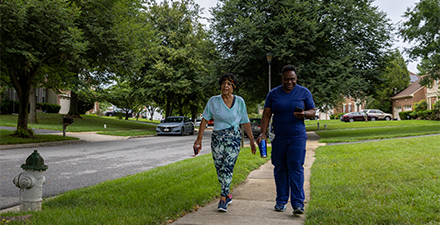More than 2 out of 3 high school-aged adolescents aren't getting enough sleep, and the situation seems to be getting worse, according to the US Centers for Disease Control and Prevention (CDC). The agency, which found a similar trend among middle school-aged children, warns that insufficient sleep can increase the risk for a host of health problems including obesity, diabetes, and injury.
CDC's findings are based on results from the Youth Risk Behavior Surveys (YRBS) administered in 2015 to high school students in 30 states and 16 large urban school districts, and to middle school students in 9 states and 7 large urban districts. Students were asked to estimate how many hours of sleep they got on an "average school night," with researchers looking for the prevalence of responses that fell below American Academy of Sleep Medicine recommendations for at least 9-12 hours per 24 hours for children aged 6-12, and 8-10 hours per 24 for children aged 13-18. Here's what they found:
- Among middle school students, 57.8% reported insufficient sleep, with nearly 12% reporting sleeping fewer than 6 hours a night.
- Among high school students, 72.7% reported insufficient sleep, with about 20% reporting sleeping fewer than 6 hours a night.
- In both groups studied, females fared worse than males, with 59.6% of middle school females and 75.6% of high school females reporting insufficient sleep, compared with 56% of middle school males and 69.9% of high school males.
- The percentage of high school students who reported getting sufficient sleep dropped from 30.9% to 27.3% between 2009 and 2015 (2015 was the first year the YRBS was administered to middle school children).
- Among states, Connecticut recorded the highest prevalence of high school students reporting insufficient sleep, at 80.1%. At the middle school level, the highest prevalence was recorded in Kentucky, at 64.7%.
Solving the problem won't be easy, according to the CDC, which recommends that parents support good sleep health by maintaining consistent schedules with their children and imposing "media curfews" for a certain period of time before bed, or by not allowing the use of screen technologies in the child's room. Schools can also play a role by providing sleep education programs, says the CDC, but studies have shown that a 1-time program isn't enough—students tend to slip back into their old sleep habits unless the education is repeated periodically.
Another possible help: delayed school start times, a change recommended by the American Academy of Pediatrics, the American Medical Association, and the American Academy of Sleep Medicine, according to the CDC.
